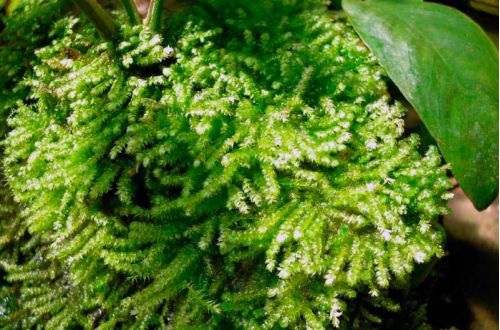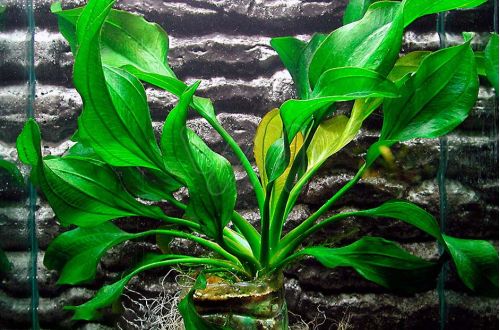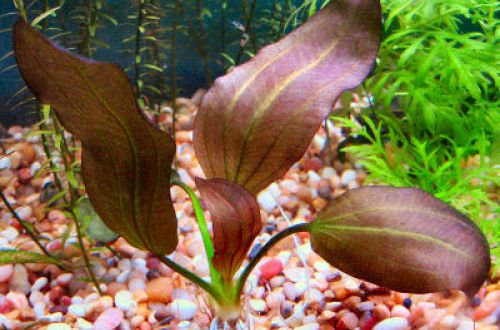
christmas moss
Christmas moss, scientific name Vesicularia montagnei, belongs to the Hypnaceae family. Widely distributed in Asia. It grows predominantly above water in shady areas on flooded substrates along the banks of rivers and streams, as well as on damp forest litter.

It got its name “Christmas Moss” due to the appearance of shoots resembling spruce branches. They have a regular symmetrical shape with evenly spaced “branches”. Large shoots have a triangular shape and hang down a little under their weight. Each “leaflet” is 1–1.5 mm in size and has a round or oval shape with a pointed tip.
The above description applies only to mosses grown in favorable conditions with good light. At low light levels, the shoots become less branched and lose their symmetrical shape.
As is the case with many other mosses, this species is often confused. It is not uncommon that it is mistakenly identified as Vesicularia Dubi or Java moss.
Features of the content
The content of the Christmas moss is quite simple. It does not require special conditions for growth and thrives in a wide range of pH and GH values. Best appearance is achieved in warm water with moderate light levels. Grows slowly.
It belongs to the group of epiphytes – plants that grow or are permanently attached to other plants, but do not receive nutrients from them. Thus, Christmas moss cannot be planted on open ground, but should be placed on the surface of natural snags.
Bunches of moss are initially fixed with a nylon thread, as the plant grows, it will begin to hold on to the surface on its own.
It can be equally successfully used both in the design of aquariums and in the humid environment of paludariums.
Reproduction of moss occurs by simply dividing it into bunches. However, do not divide into too small fragments in order to avoid the death of the plant.





